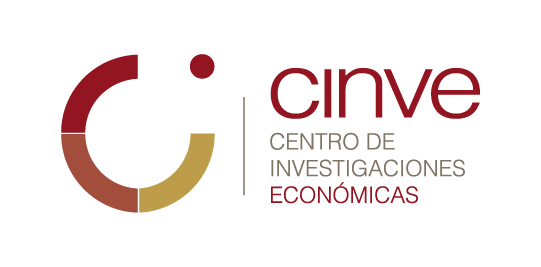The estimation of the product gap constitutes a tool of wide application by macroeconomic analysts and by policy makers to achieve and monitor macroeconomic policies. There is a wide range of methodologies that are used for this purpose, both univariate and multivariate. This paper proposes to estimate the product gap for the Uruguayan economy for the period 1986-2006 through three alternative methodologies, compare the results and discuss the limitations and advantages of the various estimation options. Likewise, the capacity of the product gap to explain and predict price dynamics is evaluated. Within the estimates based on statistical methods, a univariate estimate was applied that follows the methodology proposed by Hodrick and Prescott (1980) and the structural models approach, using the methodology proposed by Harvey (1989) using the Kalman Filter. Likewise, the potential product is estimated through a procedure based on economic theory such as the production function. These procedures, although they differ in their informative content (the last two are clearly superior to the Hodrick-Prescott filter), produce relatively similar results for the period under study. Finally, this work evaluates the capacity of the estimated gaps through the three methodologies, to explain and predict price dynamics. In this way, the relationship between the product gap with the inflation rate, the underlying inflation rate and the non-tradable goods inflation rate is evaluated, to later study the dynamic long and short term relationship between the variables through VECM (Vector Error Correction Model) methodology.
